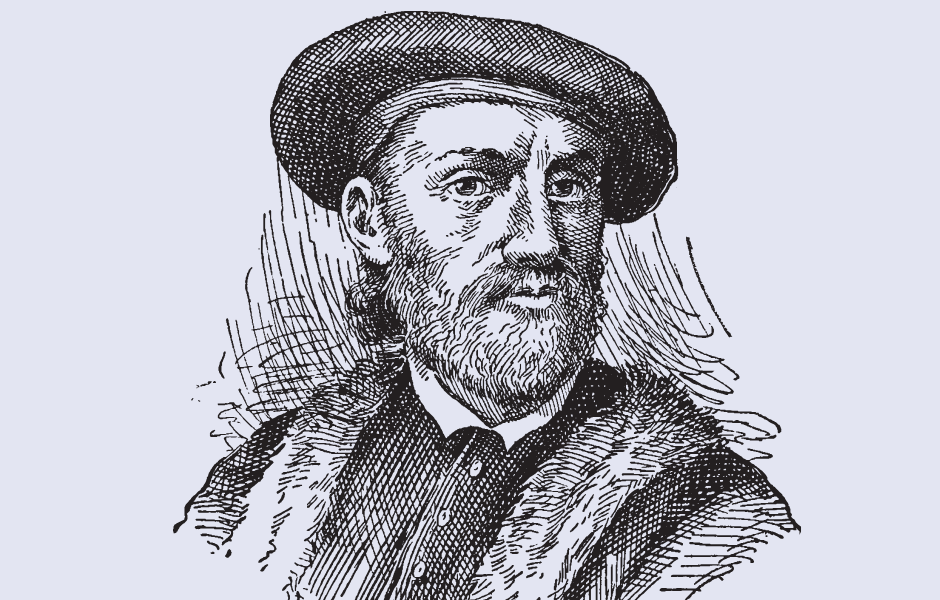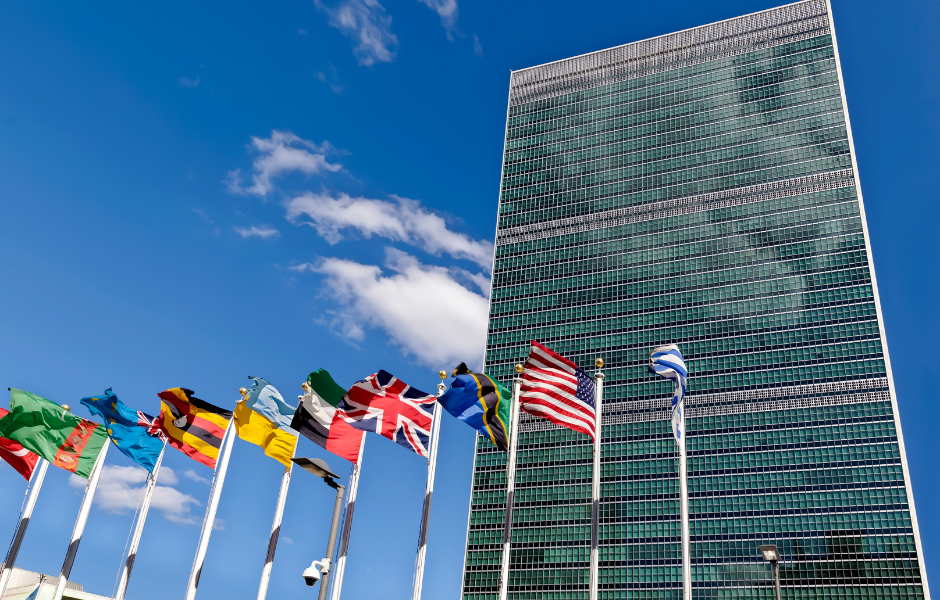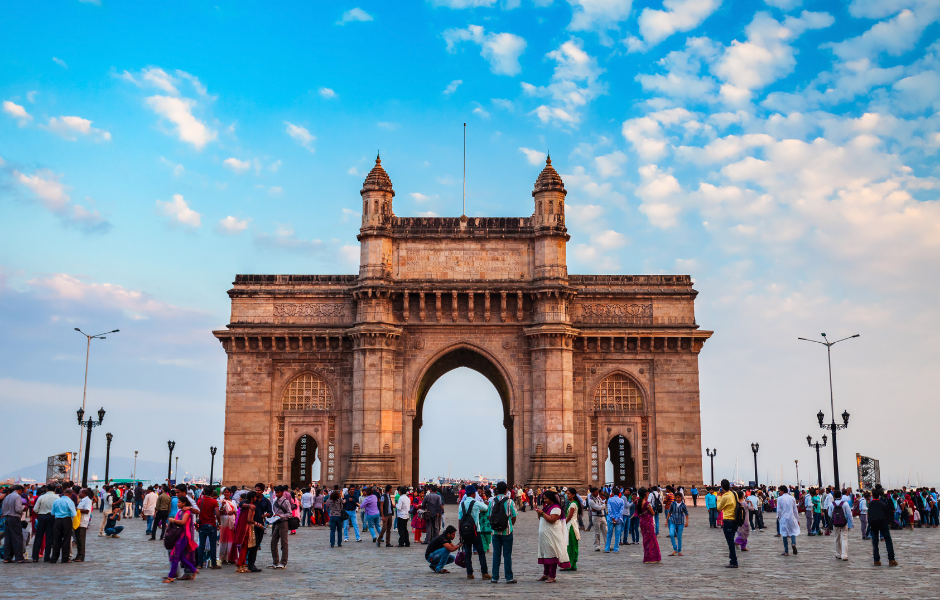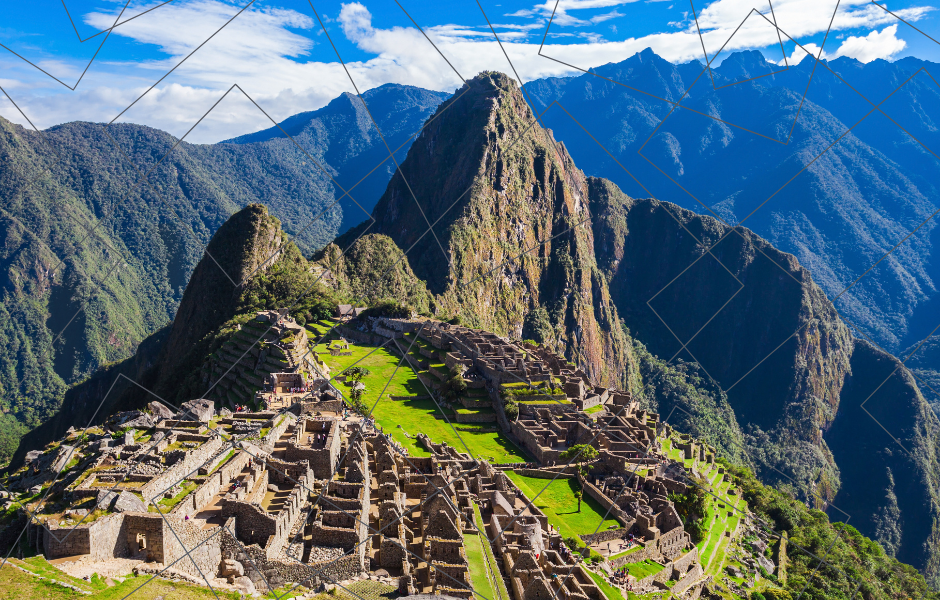
This children’s article, Machu Picchu: The lost city in the clouds, has been written for native English speakers and learners of English as a second or foreign language. It can help children practise reading and comprehension, learn useful vocabulary, and explore one of the world’s most amazing ancient wonders. Written by Mark Pulley, a children’s writer and EFL teacher with eight years’ experience.
Mountains, mysteries and the mighty Incas
High in the Andes Mountains of southern Peru, a country in South America, sits a mysterious city called Machu Picchu.
Built more than 500 years ago by the Inca people, it was hidden from the world for centuries. Today, it is one of the New Seven Wonders of the World, and a place full of secrets.
A royal mountain retreat?
Machu Picchu means “old peak” in the local Quechua language. Experts believe it was built in the mid-1400s by the powerful Inca king named Pachacuti. Some think it was his royal holiday home, while others believe it was a sacred place for ceremonies. It might have been both.
It wasn’t a big city, only about 1,000 people lived there. These were likely priests, nobles, and workers who helped run the site.
Who were the Incas?
The Incas were a powerful group of people who lived in South America hundreds of years ago. Their empire was the biggest in the Americas before the Spanish arrived. It stretched across parts of modern-day Peru, Ecuador, Bolivia and Chile.
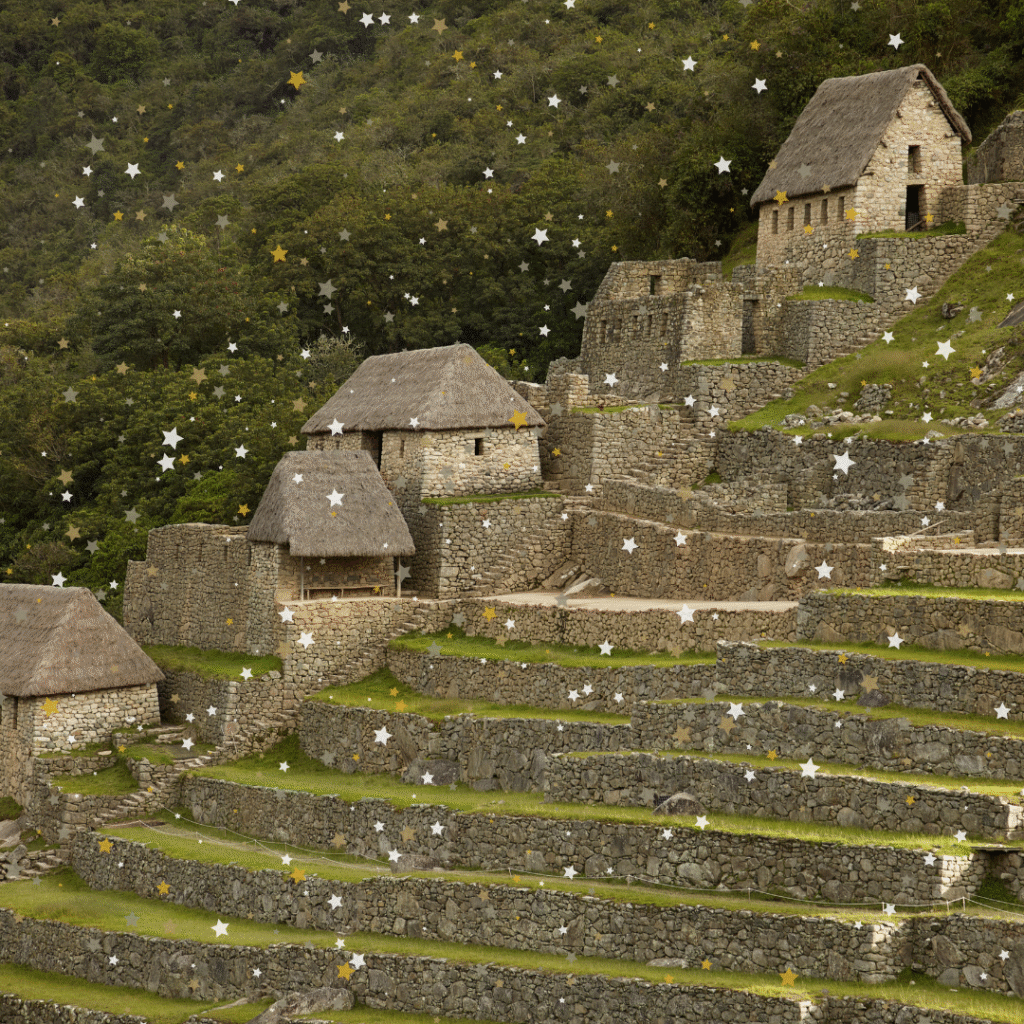
Amazing Inca engineering
The Incas built Machu Picchu without machines, wheels or mortar. They used stone tools, grass ropes, and a lot of muscle!
Huge stones were perfectly cut and fitted together so tightly that not even a knife can fit between them. This clever building style helped protect the city from earthquakes.
The city had different areas: temples and plazas, houses for nobles, and even farming terraces. The Inca grew crops like maize and sweet potatoes on the steep slopes using clever farming methods.
Sacred stones and stars
Machu Picchu is full of clues about how the Incas saw the world. In the Temple of the Sun, light from the sun shines perfectly through a window once a year. Another special structure is the Intihuatana, a carved stone that may have worked like a calendar, helping the Incas track the seasons.
They even had an observatory to watch the stars and plan farming times!
Lost, then found again
When the Spanish conquered the Incas in the 1500s, they didn’t find Machu Picchu. It became overgrown with plants and forgotten by most people. Then, in 1911, an American explorer named Hiram Bingham was led to the ruins by a local boy.
Since then, archaeologists have been studying and restoring Machu Picchu. Today, people can visit by train, bus or by hiking the famous Inca Trail. Around a million visitors come each year to see this magical place in the clouds.
Article vocabulary list
- Inca – A group of native people who built a powerful empire in South America
- Terraces – Steplike fields built into hills or mountains for farming
- Mortar – A material used to stick stones or bricks together (the Inca didn’t use it!)
- Temple – A place used for worship or religious ceremonies
- Conquered – Took over by force, like the Spanish did to the Incas
- Explorer – A person who travels to unknown or less-known places to learn about them
- Ruins – The remains of an old building or city
- Restoration – The process of repairing something to make it look like it did before
Comprehension questions
Just click the plus (+) to see the answer
1. What does the name “Machu Picchu” mean?
A. Big city
B. Lost sun
C. Old peak
Answer: C. Old peak
2. Who probably built Machu Picchu?
A. Spanish explorers
B. The Inca king Pachacuti
C. Local farmers in the 1900s
Answer: B. The Inca king Pachacuti
3. Why is Machu Picchu special?
A. It’s made of gold
B. It survived hidden for centuries
C. It was the first city in Peru
Answer: B. It survived hidden for centuries
4. What helped the buildings survive earthquakes?
A. They were built with glue
B. They used bricks
C. The stones were cut and fitted tightly
Answer: C. The stones were cut and fitted tightly
5. What is the Intihuatana?
A. A mountain pass
B. A sacred stone used to track the sun
C. A type of food
Answer: B. A sacred stone used to track the sun
6. Who helped rediscover Machu Picchu in 1911?
A. A train conductor
B. A local boy and an American explorer
C. A group of tourists
Answer: B. A local boy and an American explorer
7. How can people visit Machu Picchu today?
A. By spaceship
B. By plane only
C. By train, bus, or hiking the Inca Trail
Answer: C. By train, bus, or hiking the Inca Trail

Mark is a writer and EFL teacher from England with eight years’ experience. He’s passionate about travel, sport (especially football), animals, nature, and history, and enjoys helping children explore the world through language and learning.

